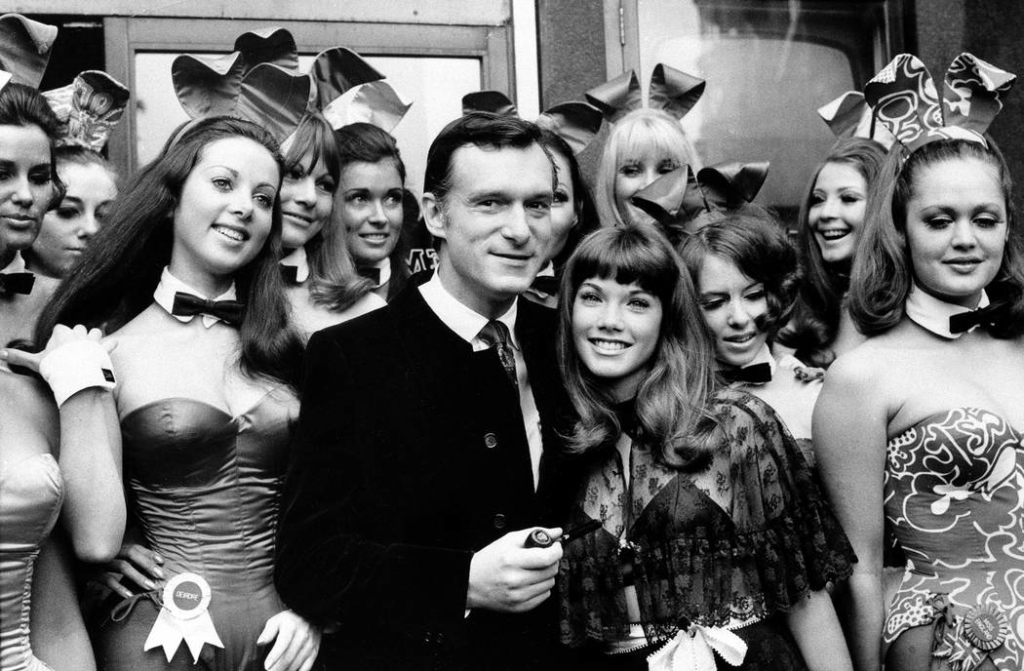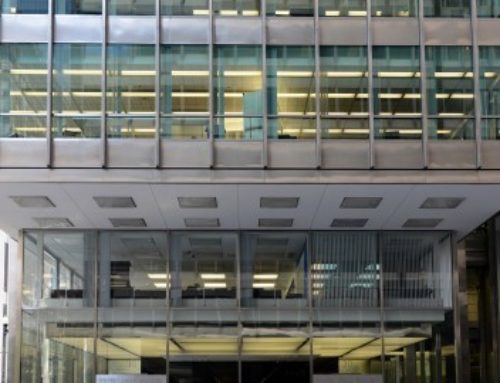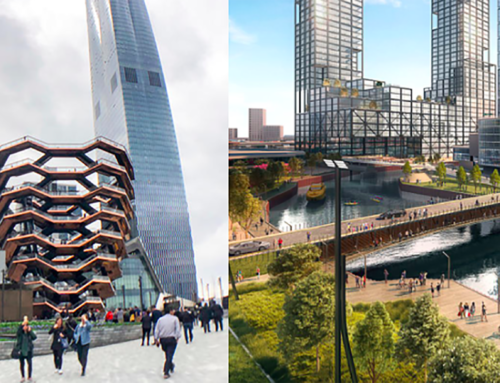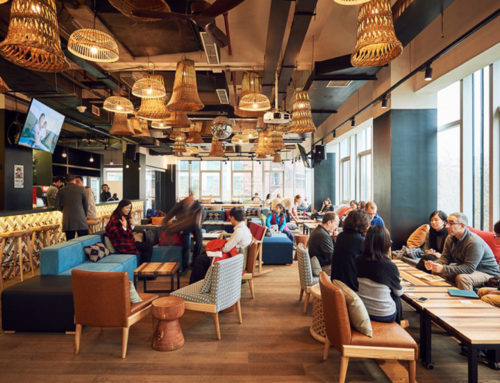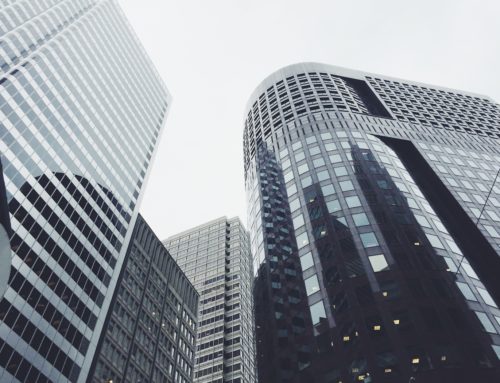By Howard Ecker
As I read about the death of Hugh Hefner a few weeks ago, what came to mind was the effect that Playboy had on the city of Chicago and the iconic real estate that Playboy created — and what has happened to that real estate since.
Recently, I relocated a tenant out of a building on East Ohio Street, and all I could think about was how, when I was starting out in real estate, this building housed the first offices of Playboy. From Ohio Street, Playboy relocated to the iconic Palmolive Building, which immediately became known as “the Playboy building.” They leased nine floors there, starting in 1965.
Additionally, I am reminded every time I walk by the garage entrance to One Mag Mile (980 North Michigan) that this was the location of the first Playboy Club in 1960. And as I look down the driveway, all I can think about are the throngs of people who would stand outside in the winter, lining up to get inside the club. Fur coats, suits — and it’s freezing out — and yet they’re all lined up, dressed to the nines, waiting to get in. My stepfather bought a key to the Playboy Club for $25 that I still have to this day. They’d sell them to whoever wanted one. It was really the place to be back then,  to see and be seen, which is why there were always big lines to get in.
to see and be seen, which is why there were always big lines to get in.
Not long after Playboy moved into 919 North Michigan Avenue, they purchased what’s now the Millennium Knickerbocker Hotel in the early ’70s and expanded the Playboy Club.
Most people aren’t aware that the Lindbergh Beacon, which was added to the Palmolive Building back in 1930 and would rotate 360 degrees to help guide planes safely into Midway Airport, was not turned off when the building sold, and when the John Hancock building was erected, mechanical areas were located on the 42nd, 43rd, and 44th floors, meaning as the beacon moved to the south it would purposely hit these sections so as to not disturb the people who lived at the Hancock.
Subsequently, they put up a barrier on the south side so they wouldn’t disturb anyone, and eventually, when the Palmolive was converted to condominiums in the 2000s, the beacon was adjusted to always point toward the lake and rotate back and forth.
Another major impact was the Playboy Mansion, which was originally located on North State Street. Hugh moved into the mansion, which also became home to several “Bunnies,” and it became, much to the chagrin of the neighbors, one of the great attractions for tour guides in Chicago. Celebrity sightings played a role in that popularity too, that’s for sure.
As famous as it was when Playboy was at its pinnacle, The Pump Room, located two blocks from the old mansion inside the Ambassador Hotel, became even more of a home for celebs who were on  their way to the mansion for an event or a party.
their way to the mansion for an event or a party.
The Imperial House on Walton Street, which is long since forgotten, was another staple of Rush Street and only enhanced by the Playboy Club’s presence nearby.
As we remember Playboy and Hugh Hefner, we also have to remember the time, the 1960s, and what was happening in the United States, particularly with the Civil Rights movement. In a lot of ways, Hugh was a leader with that. We have to remember the positive impact he had in Chicago, especially with the real estate Chicago is identified with.
All of this rich history is a testament to Hugh Hefner as an innovator, entrepreneur and real estate mogul, and Chicago should be grateful.

